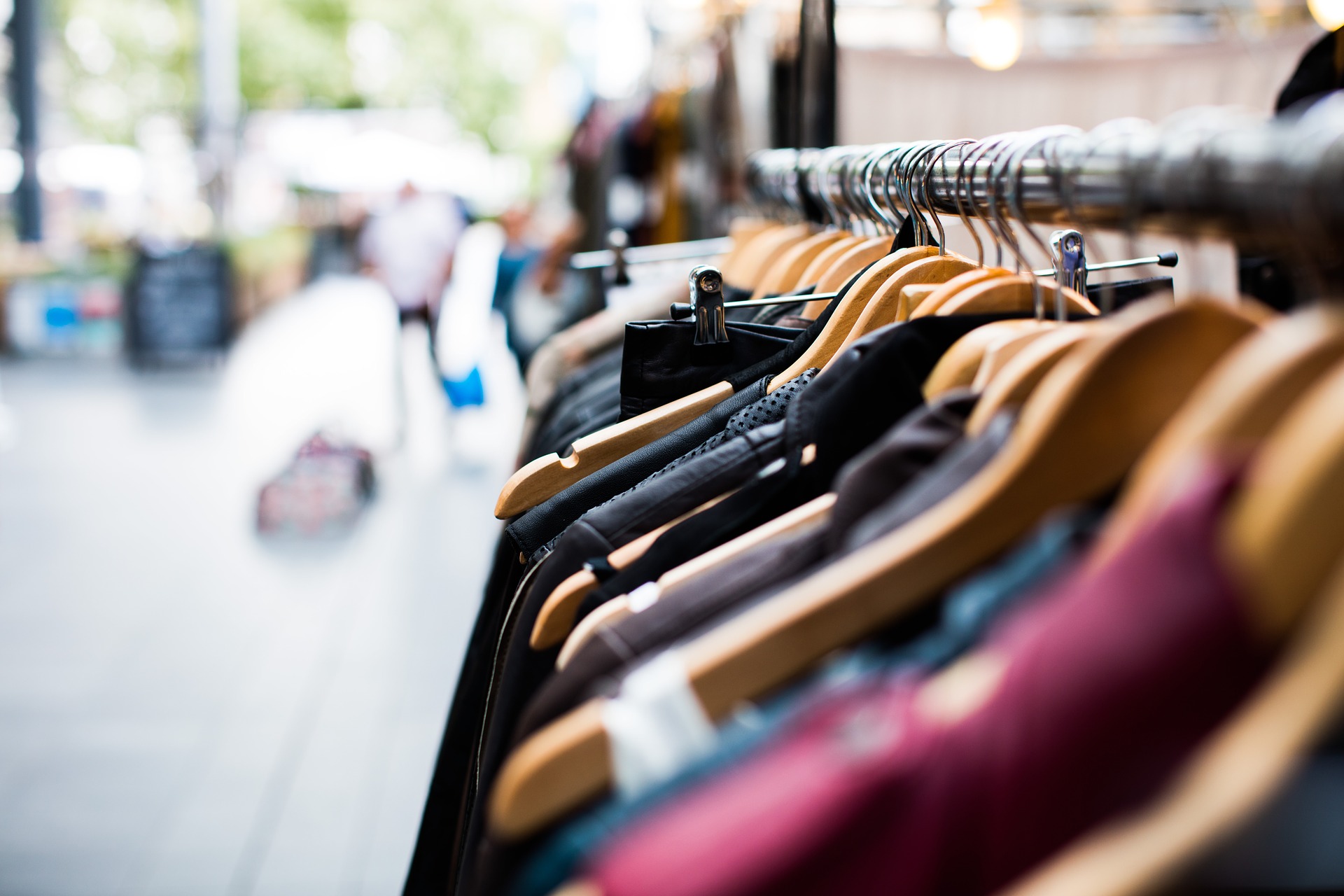I enjoy fashion as much as the next person. In fact, I might enjoy it even a little more than the next person. I love dressing up and take pleasure even in casual clothing.
This enjoyment includes shopping and sewing — I usually find both lots of fun. Unfortunately, I’m most definitely guilty of buying sweatshop-made clothing and wearing items only a few times.
Knowing these choices are bad, I still pushed that knowledge aside. I knew working conditions for those who make most of our clothing amount to a cruel slave labor system to which I shouldn’t contribute, but I bought the cute dress anyway.
I also knew the clothing I mindlessly bought is bad for the environment: petroleum derived materials, waste of fabric, yarn and thread, shedding of microfibers, and toxic dyes.
The pandemic brought a grinding halt to the habit of impulse shopping I was trying to break. I’ve also been listening to a lot of podcasts over the last year, including, recently, one that brought home much of what I knew about textile dyes but chose not to think about.
This podcast was by Sustainable World Radio, episode 159 “The Wondrous World of Living Color with Sasha Duerr.” The host Jill Cloutier and Sasha discussed eco printing along with the toxic experiences Sasha had with conventional textile dyes that lead her to create textile colors using plant dyes.
Her story led me to read articles and papers on the polluting dyeing process of fabrics and clothing.
Annually the fashion industry uses about 21 trillion gallons of water, according to the Ellen MacArthur Foundation (a UK registered charity that advocates for a circular economy).
That is a lot of water, and it doesn’t end up remediated and clean. Much of the used chemical-laden water ends up dumped into waterways. The dyes poison the water and block light, inhibiting plant growth and aquatic life.
The toxic chemicals also harm human health, with consequences ranging from contact dermatitis, cancers, asthma, damage to the nervous system and even to DNA, resulting in birth defects, in vitro studies show. While laboratory studies reveal these toxic effects, the people living in areas where much of our fashion is produced are coping with the harm first-hand in their daily lives.
Parts of China, India and Bangladesh have the highest concentration of textile factories, and often the least amount of pollution regulation. Often people in these poor communities, unable to afford water filters, have to use and drink the polluted water.
While, reportedly, some regulations are being tightened, it can feel like an overwhelming problem. Individually can we do anything to stop this social and environmental injustice?
I read that production of a single pair of jeans uses about 2,000 gallons of water, from growing and processing cotton to textile dyeing and adding chemicals to soften or give the fabric a worn appearance. Opting for jeans made by brands using sustainable practices could make a real difference.
While sustainable fashion isn’t as easy to access as fast, cheap and polluting fashion, there are lots of environmental options now available, especially online.
When shopping for clothing or fabric I now check for certifications — Global Organic Textile Standard (GOTS), and OEKO-TEX Standard 100, among others. While it takes a little extra time and thought, it also makes me appreciate any new clothes I buy or make even more.




